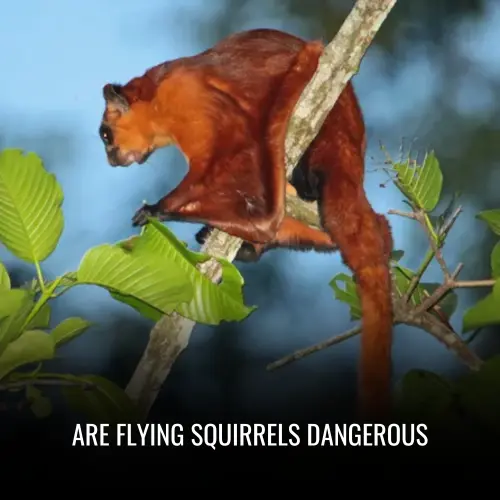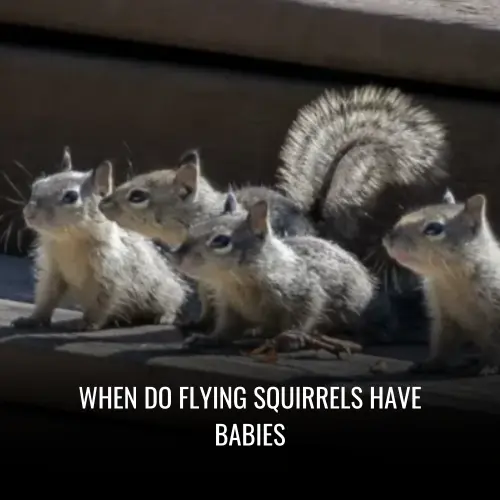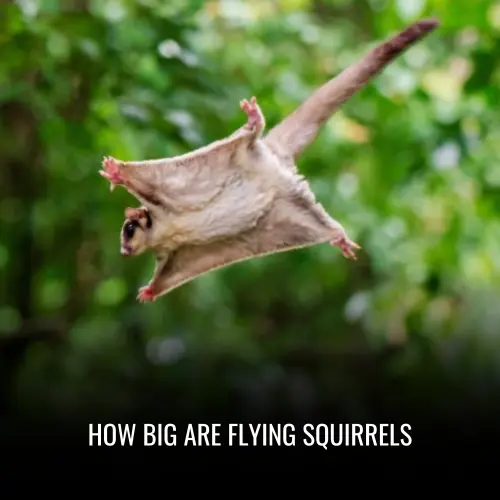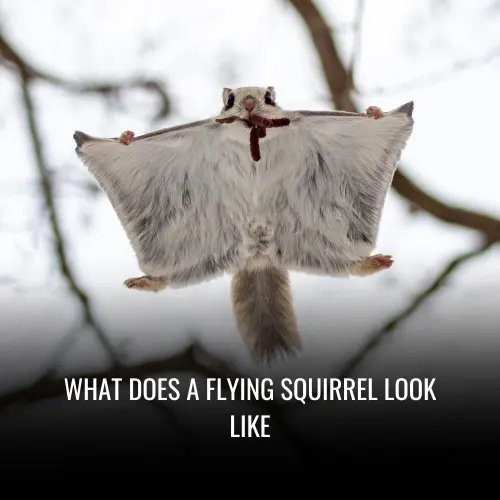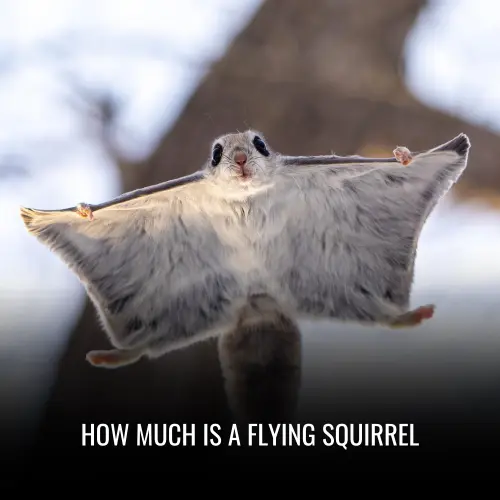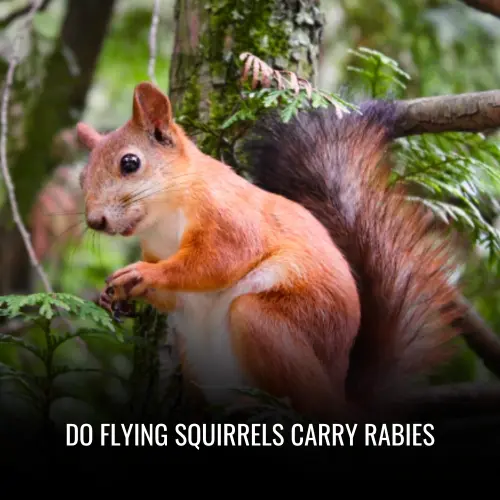Where Do Flying Squirrels Nest
Flying squirrels nest in various locations such as snags, woodpecker holes, nest boxes, and abandoned nests of birds and other squirrels. They are known to nest together with multiple squirrels to keep warm during the winter months. Their excellent gliding abilities allow them to easily escape from their nests if needed.
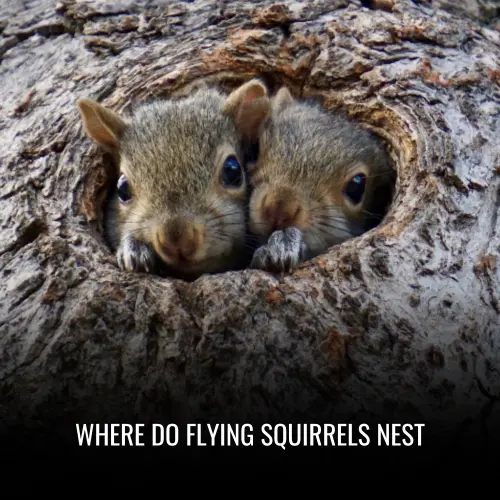
How Many Flying Squirrels Are In A Nest
The number of flying squirrels in a nest can vary depending on the season. In the warmer months, there is usually only one flying squirrel in a nest. However, in the winter, as many as twenty family members may gather together to keep warm.
These nests are typically cavities in trees, either natural hollows or ones created by woodpeckers. The size of the hollow determines the maximum number of squirrels that can gather.
Where Do Flying Squirrels Live in the Wild
Flying squirrels are primarily found in forests and woodlands across various regions of the world. They are known to inhabit North America, Europe, Asia, and parts of Africa. These nocturnal creatures prefer wooded areas with dense vegetation, as it provides them with ample hiding spots and food sources.
Flying squirrels build nests in tree cavities and use their gliding ability to move between trees. They are skilled climbers and are capable of leaping and gliding for long distances, thanks to their unique patagium, a membrane that allows them to glide through the air.
Flying Squirrel Nesting Habits
Flying squirrels have specific nesting habits that are important to understand. They prefer older forests and often create nests in hollow spots within tree trunks. These hollow spots can be natural or created by other animals, such as woodpeckers. The nests are typically located 15 feet or more above ground level.
When creating their nests, flying squirrels line the hollows with various materials, including feathers, fur, leaves, bark, moss, and other natural materials. This lining provides insulation and comfort for the squirrels.
It’s essential to note that flying squirrels periodically change nesting locations. This occurs when their current nests become dirty or infested with fleas and other parasites. Therefore, if the squirrels suddenly disappear from a known nesting spot, it does not mean the problem is solved. They may have simply relocated to a new nesting location.
FAQs
Yes, flying squirrels are adaptable and can nest in urban areas as long as there are suitable trees and nesting sites available.
Flying squirrels typically nest in the spring and summer months, with the breeding season peaking in early spring.
Flying squirrel nests are often well-hidden in tree cavities or high up in the canopy, making them difficult to spot. Look for chewed bark at the entrance of a tree cavity as a possible indication of a nesting site.
Flying squirrel nests are typically not a cause for concern as these animals are generally not destructive to property. However, it’s important to respect their nesting sites and avoid disturbing them. If you have concerns about nesting flying squirrels, contact a wildlife professional for assistance.
Flying squirrels can build their nests at various heights in trees, ranging from 10 to 30 feet above the ground.
Flying squirrel nests are not harmful to trees, as they do not strip bark or cause significant damage to the trees they nest in.
Flying squirrels do not construct traditional nests. Instead, they line their chosen nesting sites with soft materials like moss, fur, feathers, and leaves to create a cozy nesting spot.
Flying squirrels are generally not destructive when nesting in residential areas. They do not gnaw on building materials like other squirrel species and are unlikely to cause damage.
In some areas, flying squirrel nests may be protected under wildlife conservation laws. It is important to check local regulations before disturbing or removing any potential nesting sites.
Flying squirrels primarily use soft materials like leaves, moss, twigs, and bark to build their nests. They also use fur or feathers for added insulation.
To deter flying squirrels from nesting in or around your home, seal off any potential entry points and remove any potential food sources, such as bird feeders or unsecured garbage.
Yes, flying squirrels can cause damage to attics by chewing on insulation and electrical wiring. It’s important to address any potential infestations promptly.
Flying squirrel nests are often found in tree hollows and are lined with soft materials like leaves, moss, and feathers. They are usually located high above the ground.
Yes, flying squirrels can also make their nests in man-made structures such as birdhouses, attics, or wooden structures.
If you find a flying squirrel nest on your property, it’s best to leave it undisturbed. Flying squirrels are beneficial animals and are protected in many areas.
To attract flying squirrels to nest on your property, you can provide nesting boxes or leave natural habitat like mature trees and leaf litter. Creating a welcoming environment will encourage flying squirrels to make their homes on your property.
No, flying squirrels do not build their own nests. They rely on existing structures such as tree cavities, abandoned woodpecker holes, or bird nests. They line their nests with leaves, moss, and shredded bark.
Flying squirrels are not territorial and may share nesting sites with other flying squirrels. They are social animals and may den together during the winter.
Flying squirrels may use the same nest for a few years, but they also frequently change nesting sites. They will abandon old nests if they become too soiled or damaged.
Conclusion
In conclusion, flying squirrels are fascinating creatures that are able to adapt and thrive in various environments. Their unique nesting habits, including using tree cavities, bird nests, and even human-made structures, showcase their resourcefulness and flexibility.
Understanding where flying squirrels nest is crucial for conservation efforts, as it allows us to protect their natural habitats and minimize disturbances to their nesting sites. By preserving old-growth forests and creating suitable nest boxes, we can help ensure the survival of these elusive mammals.

